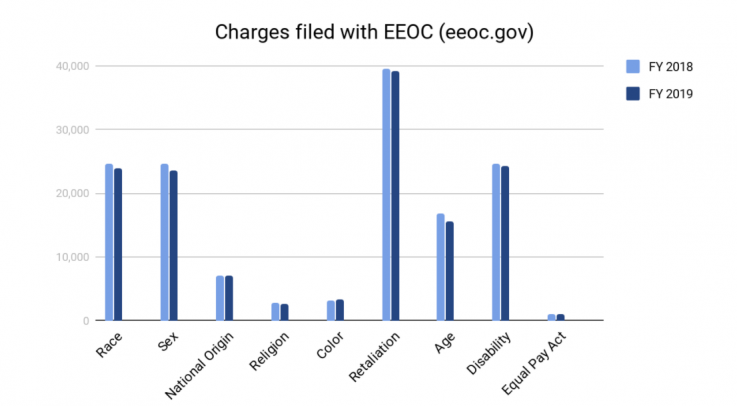Each year tens of thousands of employment discrimination charges are filed against employers. According to the Equal Employment Opportunity Commission (EEOC), there were roughly 40,000 retaliation-related charges filed in 2019 alone.

Chart of 2019/2020 EEOC Charges By Type
Once a claim is filed, employers face the expense, distraction, and time of defending a claim, and are forced to consider whether they wish to settle or face uncertainty in the court system.
Given this, all organizations can benefit from taking preventative measures to try to stay out of the courtroom and mitigate risk in the event of an employee discrimination claim.
The truth is, no matter what you do, you can’t prevent employees from filing claims. It will probably happen to your organization at some point. What you can do is make your practices more defensible, which starts by building a culture of compliance.
In the rest of this article, we will look at 6 tips for building a culture of compliance that can help protect your organization or mitigate risk in the event of an employment discrimination claim.


